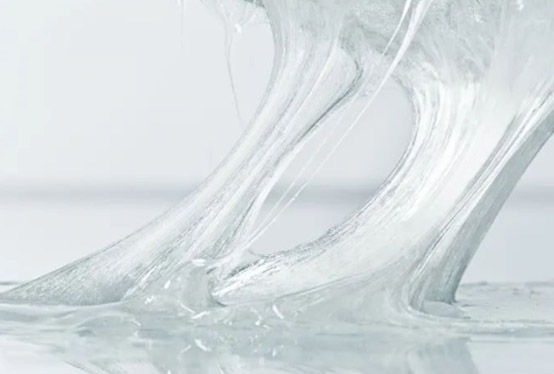
Abbreviation for pressure sensitive adhesive. It is a kind of adhesive material that is sensitive to pressure, through slow and appropriate external force, produces viscous flow, realizes close contact with the surface of the object to be pasted, generates intermolecular force, and realizes an adhesive material at the interface.

Compared with traditional domestic pressure-sensitive adhesives, silicone pressure-sensitive adhesives have excellent performance in terms of chemical resistance, performance stability and dielectric properties at extreme temperatures.
Among all pressure-sensitive adhesives, silicone pressure-sensitive adhesives have a critical temperature value that makes them perfect for use in almost any environment on earth (high temperature critical value: 300 ° C, low temperature critical value: -75 ° C), in some Where the environmental requirement index is relatively high, there is almost no pressure on silicone pressure-sensitive adhesives.
In addition, it can bond a variety of difficult-to-bond materials, such as untreated polyolefins, fluoroplastics, polyimides and polycarbonates, which cannot be adhered to by ordinary pressure-sensitive adhesives.
Pressure-sensitive adhesive products are mainly reflected in two categories: adhesive tape and protective film. Different substrates can be selected according to different application scenarios and functional requirements. The common ones are PET, PE, OPP, PI, TPU, PVC, etc. The pressure-sensitive adhesives used in products can be divided into polyurethane (PU), acrylic and silicone custom, and their physical and chemical properties are quite different.
Against the backdrop of the rapid development and application of new-generation information technologies such as artificial intelligence, big data, and the Internet of Things, the silicone pressure-sensitive adhesive market continues to expand and can be widely used in industries, electrical appliances, consumer electronics, electronic protective films, medical care, etc. field.
![]()
The relatively sophisticated and expensive characteristics of electronic products make electronic protective films play a pivotal role in the industry. Taking mobile phone display as an example, at least 6-8 protective films are required for the production and molding of each screen. A typical protective film is usually a multi-layer 'sandwich' structure, and the specific characteristics of each layer of adhesive depend on its structure and chemical composition. Among them, the silicone pressure-sensitive adhesive layer plays a key role.
